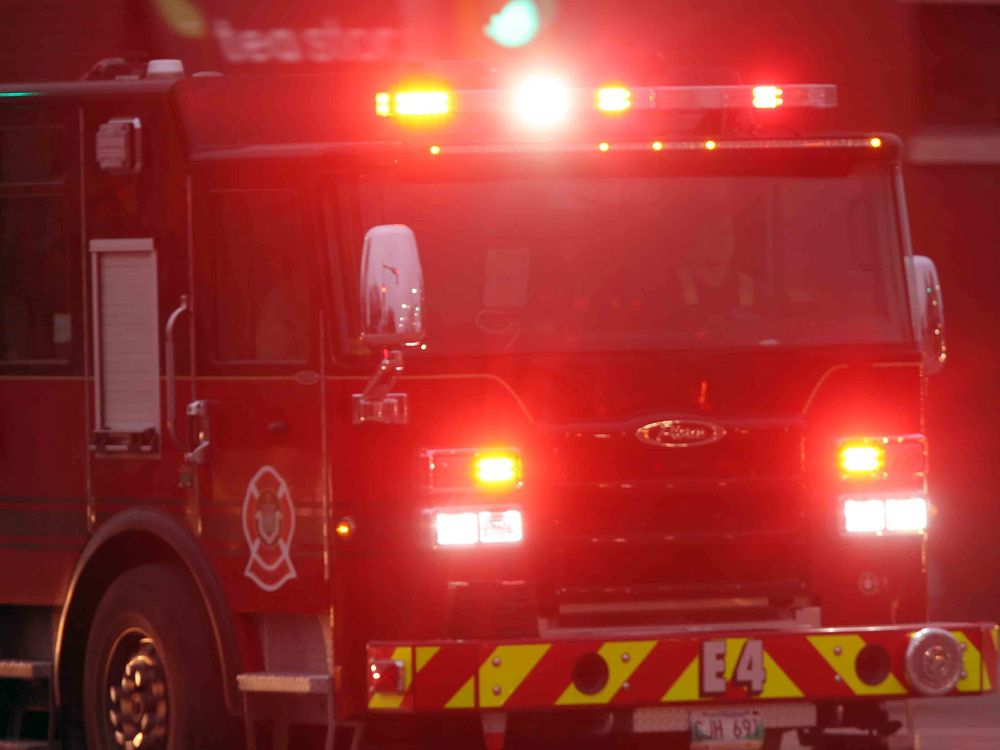
Article content
The City of Winnipeg is trying out a new system to make it easier for emergency responders to roll through Osborne Village with a pilot project that will be in place until March 2025.
Article content
This week, the Winnipeg Fire Paramedic Service (WFPS), launched a pilot project to evaluate the benefits of emergency vehicle pre-emption (EVP) technology.
Article content
EVP is used by first responder agencies to reduce the time it takes to get to time-critical calls, while also improving the safety of residents and responders by reducing the risk of traffic collisions. The technology has been installed at 17 intersections along Osborne Street and several other intersections in the area.
Ambulances and fire trucks that regularly respond to emergencies along that corridor are equipped with transponders that can automatically trigger green lights in their direction of travel. This gives drivers a chance to move out of the way of approaching emergency vehicles. The traffic lights will return to their normal operations after two light cycles.
Article content
“Our crews respond to medical and fire emergencies where minutes and seconds matter,” said Chief Christian Schmidt in a press release. “We are hopeful that the results from the pilot will show that EVP technology can help us to provide even more efficient service to Winnipeggers, while also making our roadways safer.”
A feasibility study conducted in 2022 found that EVP could reduce response times by up to 20% and reduce the number of collisions involving emergency vehicles by 25%. The study also predicted that EVP could help to improve patient outcomes, reducing health care costs.
After the EVP pilot project is complete in March 2025, the WFPS and the City’s Signals branch will evaluate the system and its benefits, and prepare a report outlining potential next steps.
The city has been using a different system that allows first responders to use a button in Station 11 at 1705 Portage Ave., to change the signals at intersections in the area. This system has been in place since the station opened in 2012.
Share this article in your social network